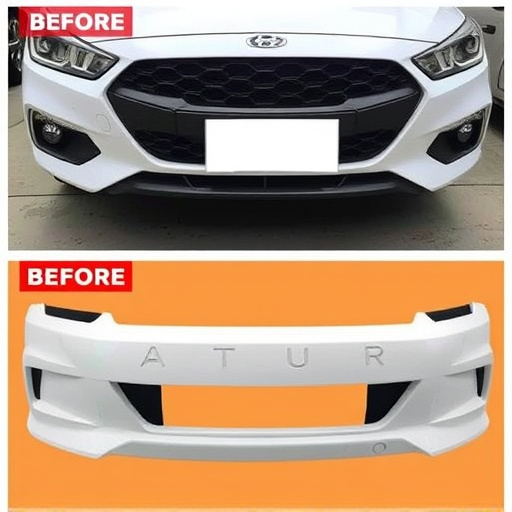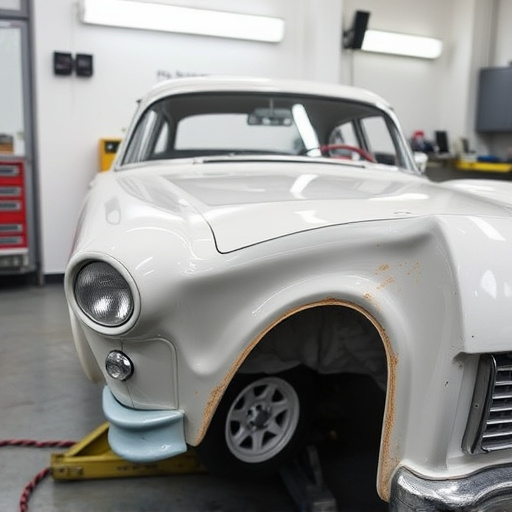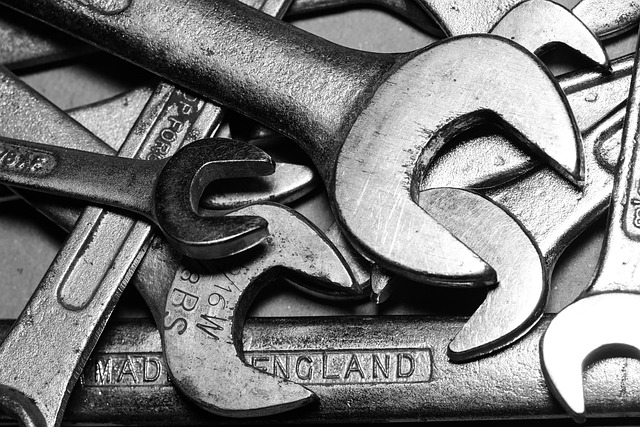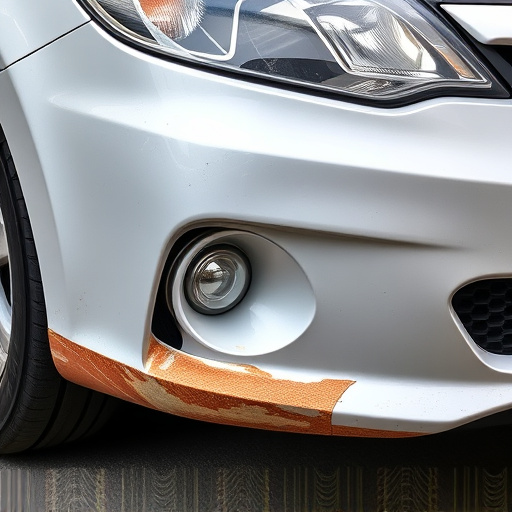Post-accident or repair, vehicle owners face diminished value due to visible damage, affecting resale. Assessing this requires a detailed inspection beyond cosmetic repairs, considering structural integrity and performance impact. Strategically managing repairs, meticulous documentation, and filing diminished value claims with insurance can help recover financial losses and maintain market appeal.
After a vehicle repair, it’s not uncommon for drivers to face unexpected challenges. This article delves into the complex topic of diminished value claims, exploring how repairs can impact your car’s worth. We’ll guide you through understanding these claims, assessing the effect of vehicle repairs, and navigating recovery processes. Learn essential tips to ensure you’re compensated fairly for any perceived loss in your car’s value post-repair.
- Understanding Diminished Value Claims
- Assessing Vehicle Repair Impact
- Navigating Post-Repair Diminished Value Recovery
Understanding Diminished Value Claims
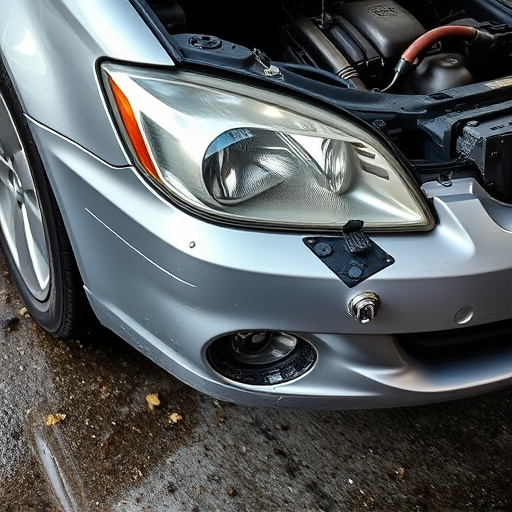
Diminished value claims are a significant consideration for vehicle owners after an accident or repair. This concept refers to the reduced market value of a car following auto body repairs, often due to the presence of visible damage, even if the repairs have been expertly executed. It’s crucial to understand that while collision repair services can restore a vehicle’s functionality, they may not necessarily restore its pre-accident worth.
When a vehicle undergoes body shop services for significant repairs, especially in cases where the damage is visible, like dents or scratches, it can impact the overall perceived value of the car. This is particularly relevant when trying to sell the vehicle later on. Diminished value claims are designed to compensate owners for this loss in value, ensuring they receive a fair assessment when reselling their vehicles.
Assessing Vehicle Repair Impact
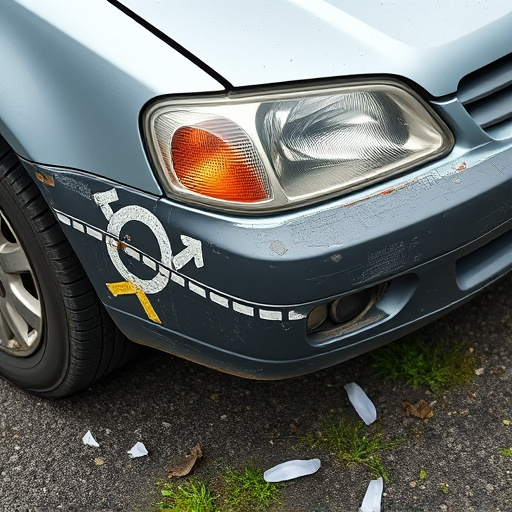
After a vehicle accident or repair, assessing the impact on its value is crucial when considering diminished value claims. It’s not just about the visible repairs; it involves a thorough examination of the entire vehicle to determine any potential residual effects from the incident. This includes evaluating structural integrity, identifying hidden damage, and understanding how the repair process itself might have altered the car’s performance or aesthetics.
The extent of these impacts can vary greatly depending on the severity of the collision and the quality of subsequent automotive collision repair services. For instance, even with meticulous body repair, certain components may lose their factory-spec precision or integrity, subtly affecting driving dynamics or fuel efficiency. Moreover, factors like paint job quality, color match, and overall cosmetic restoration play a significant role in retaining the vehicle’s pre-accident value, as these aspects are often what catch the eye of potential buyers.
Navigating Post-Repair Diminished Value Recovery
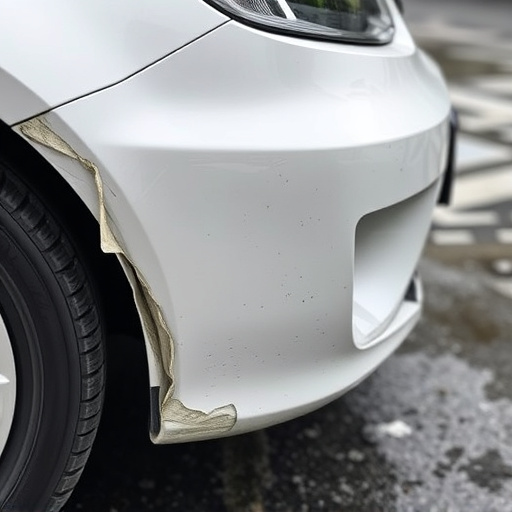
After a vehicle repair, car owners often hope to regain the full value of their vehicle. However, diminished value claims can make this process challenging. Diminished value refers to the reduced worth of a vehicle due to damage or repairs, which can impact its market appeal and resale potential. When navigating post-repair diminished value recovery, understanding the extent of the damage and how it affects the overall condition is crucial.
Owner-driven strategies for mitigating diminished value include meticulous documentation of repair work, keeping records of all expenses, and ensuring quality workmanship from a reputable vehicle body shop. Some services, such as tire replacements or car dent removal, can significantly impact a vehicle’s appearance and thus its perceived value. Efficiently managing these repairs and potentially filing diminished value claims with insurance providers could help owners recover some of the financial loss incurred during the repair process.
After a vehicle repair, understanding how diminished value claims can help offset costs is essential. By assessing the impact of repairs on your car’s overall value, you can navigate the post-repair landscape and recover some financial loss. This process involves recognizing the principles behind diminished value claims, evaluating the effects of the repair, and employing strategies to maximize recovery. Remember that timely action and thorough documentation are key to a successful diminished value claim.



